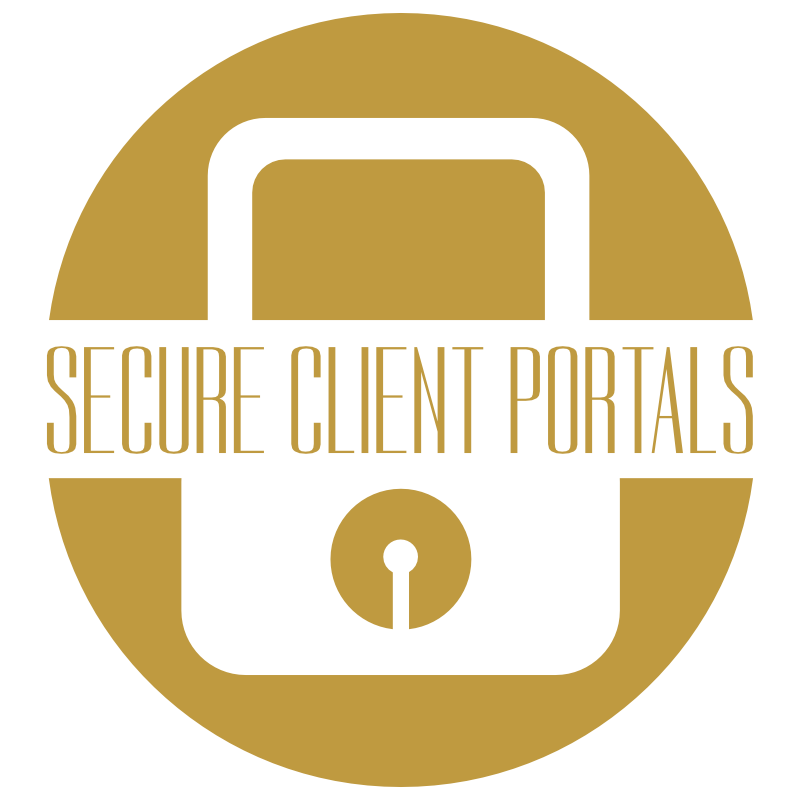10 Ways a Portal Can Benefit Your Business
If you are someone responsible for making a business competitive, is it possible you may have overlooked a powerful web strategy that your competitors are employing?
Like so many features that websites employ, a web portal is something that might be more easily explained by saying what it does than by saying what it is.
Here is the “is”: A web portal is “an interface providing access to enterprise applications and other enterprise assets such as corporate databases, applications (including web applications), and systems. It’s where customers or clients receive help in search navigation, personalization, notification, and information integration. A portal often provides features such as task management, collaboration, and business intelligence and application integration.”
So much for that. Here’s a much clearer picture. We now look at what a web portal does:
1 – Facilitates a Remote Working Environment with an Internal Intranet
As of the spring of 2020, businesses are allowing an ever-growing portion their workforce to perform their jobs remotely. Today, this is a crucial reasons to launch a portal for an organization. Companies realize the critical need to have a secure hub to house their files and a private, centralized location for communication and collaboration that can be accessed on mobile devices.
Internal portals (intranets) are designed to give different degrees of access based on user roles, or hierarchy, within the organization. Information flows to executives and managers through notifications sent via email or SMS texts.
2 – Facilitates Training
Remote workers can efficiently be trained through the establishment of online training tools within a portal. Compared to in-person training, online training takes less time than instructor-led alternatives. Additionally, online training can be accessed after the training session for review when questions arise.
3 – Shares HR Files
A company portal gives your team access to information regarding policies, procedures, and benefits. Increased transparency increases employee satisfaction.
4 – Manages Real Time Data
Accruing data is a benefit to both you, the business owner, and to the client. Data allows customers to control and leverage their interaction with the services you provide. A chart or checklist of where the customer is in your process will give him confidence of the next steps that need to be completed, and who is responsible for each step along the way.
5 – Simplifies Your Workflow
When your business demonstrates simple steps to follow, even the most complicated process can be easily understood. One of our favorite features that you can add to your portal is the Interactive Progress Bar.
The client, from his own perspective, sees which the steps he needs to complete. In the process, the client, after he clicks “complete,” can be taken to the next step automatically. In addition, a progress bar displays the percentage of the tasks he has completed. This simple step-by-step indicator visually reduces the project down to several small tasks that are easy to accomplish.
The business can see its clients’ progress. If a client’s progress stalls, you see where he is in the process. This information affords you the opportunity to reach out to offer assistance. This adds value to your organization through improved customer service. And it provides an increase in efficiency as well.
6 – Automates Repetitive Manual Processes
Your business reduces costs by automating time-consuming data acquisition and delivery that has traditionally been labor-intensive. Look at the way you process client sign-ups, client support, follow-up communications, file uploads and downloads, and data delivery. When you do, identify areas where you can implement automation to defray the high payroll outlays in this sector. Automation frees your team to work on other mission-critical tasks and provides the added bonus of improved morale.
7 – Creates a Bridge Between Your Business and Your Clients
One advantage to a client portal is bridging the communications gap between your team and your clients. A client portal site makes it easy for your customers to access information because the portal is both responsive and accessible across devices. The advantage is that when your customer service staff and client managers use the same portal as your clients, it not only becomes easier to help your clients, it communicates a message that your company is forward thinking. In today’s market, clients seek out businesses that are on the leading edge.
8 – Demonstrates Your Innovation
Salesforce.com reminds us that 56% of consumers “actively seek to buy from the most innovative companies.” A client portal separates your business from the competition and gives you an innovative edge. You stand apart for your superior customer service.
9 – Expands Your Business with New Revenue Streams
One of the key features of the Professional and Premium Secure Client Portals is the feature that allows you to establish multiple “membership” levels. You may find ways to provide new products or services that are available only to certain paid members through a monthly subscription or sign-up service. Imagine offering e-books, white papers, or videos to paid members, thereby demonstrating your expertise in the industry.
10 – Becomes an Online Customer Service Center
The expectations of most online users has increased when it comes to customer service. For several years companies have eyed a variety of ways to improve their interaction with customers and serve their needs online. Some companies have experimented with using Facebook or Twitter as a customer service hub. Others have gone so far as to add artificial intelligence customer service chat bots to their websites.
Start with a self-serve knowledge base that gives your client instant access to answers and tools that solve their problems.
If your client prefers to get help from a person, you can add a support ticket feature that allows your team to integrate customer service into your portal. Easily track communications between your team and your clients. Standardize responses and have easy access to documents or support videos to smoothly serve your clients’ needs.
And a third level of customer support you can integrate into your portal is live chat, which allows your clients to directly interact with a live person. You have the choice of whether to service the live chat during certain “open” hours or man the service 24/7.

